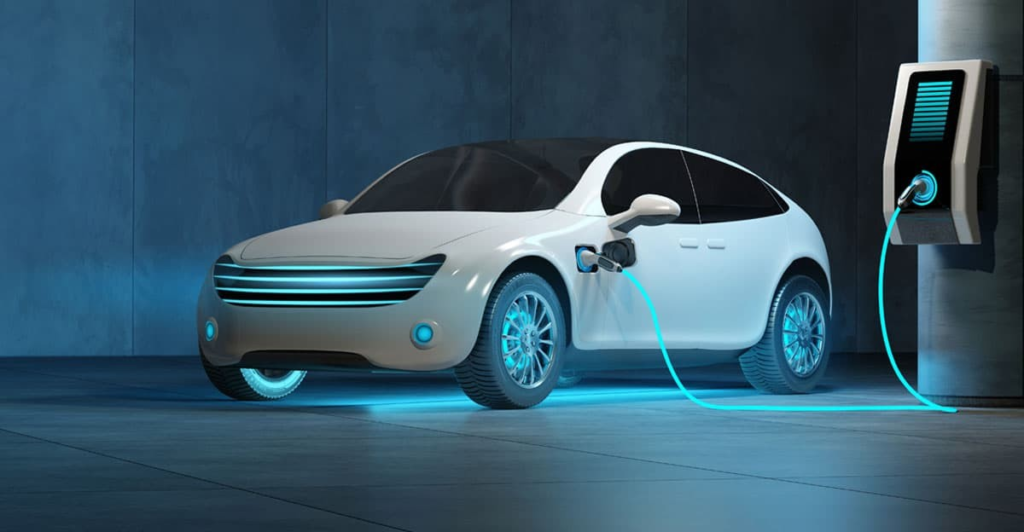India’s EV sector in 2025 is entering a transformational phase. What was once a fossil fuel-dependent industry is now embracing electric, sustainable, and smart mobility solutions. From small cities to metros, the India EV sector in 2025 is moving from concept to reality. Change is already here—and it’s massive.

A Quick Glimpse at Where the India EV Sector Stands in 2025
India, once known for petrol bikes and low-cost hatchbacks, is now among the most exciting electric vehicle (EV) markets in the world. We forecast the India EV sector in 2025 to disrupt legacy players and welcome new-age startups.
EV adoption is accelerating across segments—from two-wheelers and commercial fleets to personal EV cars. Supporting this shift are strong government policies, rising fuel prices, and consumer awareness.
Market Outlook for India’s EV Sector 2025
- Total auto market value projected at $300 billion
- EVs to make up over 20% of new vehicle sales
- EV two-wheelers to dominate in Tier 1 and Tier 2 cities
- Luxury EV segment growing at 8.5% CAGR
Key Trends Driving the India EV Sector 2025
1. Mass EV Adoption
With battery prices falling and charging infrastructure improving, EVs are no longer niche. Major brands, including Tata, Ather, Ola Electric, and Mahindra, are launching models under ₹10 lakh to cater to urban buyers.
2. Smart and Connected Vehicles
AI, telematics, and ADAS features are becoming common. Mid-range EVs now come equipped with real-time traffic updates, voice-controlled navigation, and autonomous emergency braking.
3. Sustainability in Manufacturing
Green manufacturing methods using solar energy and recycled materials are being adopted. Indian automakers are retooling plants for net-zero emissions and using eco-friendly components.
4. Urban Shared Mobility
Subscription-based electric scooters, EV ride-sharing, and fleet electrification are gaining traction. Mobility as a Service (MaaS) is emerging as a mainstream model in large cities.
5. Rural EV Expansion
Two- and three-wheeler EVs are making inroads into rural India. Government subsidies and low running costs make EVs a financially viable option for rural delivery networks and individual riders.
The Big Electric Shift: What Will Change in 2025
EVs Become the Default
- Two-wheelers: EVs expected to outsell ICE vehicles in urban markets
- Cars: Affordable EV hatchbacks under ₹10 lakh to flood the market
- Fleet vehicles: Delivery vans and cabs switching to electric across major metros
Smarter Mobility Infrastructure
- Widespread rollout of EV fast-charging stations
- Battery swapping technologies being piloted in smaller cities
- GPS and AI-powered apps for real-time charger availability
What Fuels the India EV Sector in 2025?
Several critical drivers are pushing this growth:
- FAME II scheme is making EVs cheaper to purchase
- PLI scheme supports domestic battery production
- Rising fuel prices are nudging buyers toward alternatives
- Environmental awareness is growing among urban youth
Policy Support for India’s EV Sector 2025
The central and state governments are offering tax exemptions, registration fee waivers, and interest-free loans to boost EV adoption.
Top initiatives:
- FAME II (central policy)
- State EV policies (Delhi, Maharashtra, Tamil Nadu, Karnataka)
- PLI for Advanced Cell Chemistry Batteries
These policies reduce buyer risk and encourage manufacturers to localize production.
Will the Rural Market Be Left Behind?
While growth is slower, rural India is catching up:
- Entry-level EVs like e-rickshaws are popular
- Charging infrastructure is expanding
- Entrepreneurs are launching rural EV service stations
The India EV sector in 2025 will not be an urban-only phenomenon—penetration in small towns is already visible.
Investment and Startup Opportunities
The evolving landscape creates major business opportunities:
- EV battery recycling startups
- Mobile EV charging vans
- Subscription-based EV leasing apps
- Telematics and predictive maintenance platforms
- Rural EV dealerships and service hubs
What Barriers Still Exist?
- Charging anxiety: Long-distance intercity routes need more chargers
- High initial cost: Despite falling prices, affordability is still a challenge for some
- Lack of awareness: Many still aren’t familiar with EV ownership benefits
Final Thoughts: India’s Road to EV Maturity
The India EV sector in 2025 is not just about new cars; it’s a paradigm shift in how the nation thinks about transportation. The pace of innovation, the support from policymakers, and the commitment from manufacturers are creating a perfect storm for mass adoption.
If you’re a business, investor, or everyday commuter—2025 is your moment to plug into the future.
FAQs
Q1. Will petrol and diesel vehicles be banned in India by 2025?
No, but EVs will increasingly dominate new sales, especially in cities.
Q2. Which companies are leading India’s EV space?
Tata Motors, Ola Electric, Ather, MG, and Mahindra are key players.
Q3. Can I charge my EV at home?
Yes. Most EVs can be charged via 15A plugs; fast chargers require installation.
Q4. Are EVs cheaper in the long run?
Yes. Lower fuel and maintenance costs offset the higher upfront cost.
Q5. Is EV a good career or startup path?
Absolutely. New roles are emerging in AI mobility, battery tech, and charging infrastructure.
✅Learn more in our Electric Car Charging Guide in India.
✅ External Link Suggestion (insert anywhere in the body):
For the latest government policies, visit NITI Aayog’s EV Portal.





